Your Neglected Muscles Are Causing Your Pain – The Importance of Massage
Key Points:
- Muscles need regular maintenance, failure to do so results in pain.
- Headaches, weight gain, and sleeplessness are all symptoms of tight fascia.
- You can use simple tools, such as a roller and lacrosse ball, to release trigger points yourself.
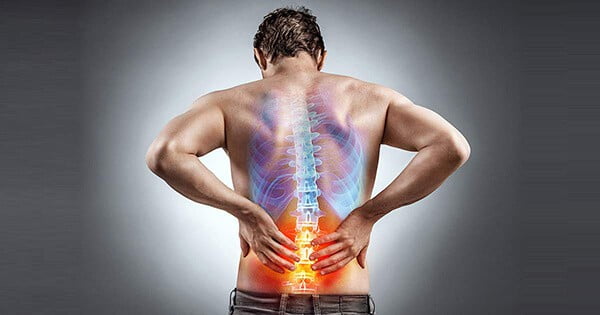
While internal combustion machines and the human body may not seem to have much in common, they share one fundamental trait – they are both extremely hard-working machines.
But where we know we must service our vehicles regularly, with periodic oil changes and preventative maintenance, we rarely apply this same diligence to our bodies, arguably the hardest-working of machines.
Our bodies work longer and harder than most non-organic machines (not many engines can operate for 80 years without stopping), yet we use and abuse it without much thought of physical maintenance.
As a result, we are continually plagued with preventable physical ailments, from tension headaches caused by muscle knots in the neck to bad joints caused by tight muscles. And if you think these ailments are awful now, they certainly won’t get better with age.
Thankfully, like oil changes, maintaining the body can be just as simple, as long as you invest the time now to learn these essential body maintenance techniques. Remember, health is one of the few things money cannot buy; once it is gone, it is gone forever.
The Body Cannot Heal Everything
The body is a sophisticated machine; it can replace damaged cells, repair fractured bone, clot blood to stop a bleeding wound, and kill all manner of damaging viruses, bacteria, and organisms. And it can do all this automatically without our conscious awareness.
Not only can it repair past damage, but it can also rebuild some cells stronger than before. When weight training, muscle hypertrophy occurs when the fibers of the muscles sustain damage or injury. The body repairs damaged fibers by fusing them, increasing their mass and size.
Sustained use of muscles, however, without the correct preventative maintenance techniques, damages them beyond what they can naturally repair. This not only affects weight lifters and athletes, but office workers, pregnant women, and those with poor posture. To some degree, it will affect every one of us.
Excessive Use Toughens Muscle Fascia
Excessive use of these muscles (which includes standing or sitting for long periods) will fatigue and damage the muscle fibers. This is the whole premise of bodybuilding, where the damaged muscles repair bigger and stronger as they adapt to the increased physical demands.
Excessive amounts of damage, however, result in a toughening of the smaller muscle fiber sarcomeres and fascia (a band or sheet of connective tissue, primarily collagen, beneath the skin that attaches, stabilizes, encloses, and separates muscles and other internal organs).
This results in what is often referred to as muscle “knots” (more accurately known as myofascial trigger points), which appear as small bump-like areas of muscle that can be painful to the touch, affecting up to 85% of the population.
If you haven’t performed any mechanical maintenance of your muscles recently, chances are you will have muscle knots to some degree, whether you realize it or not. The longer you live with them, the more disguised they will be; only when they are released through massage therapy will you realize just how much of an impact they were having.
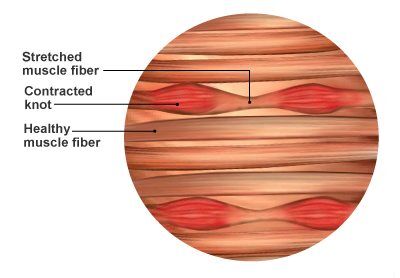
Knots and Trigger Points
Found typically in the back, shoulders, and neck, muscle “knots” are stiff bands of muscle with a hard knob in the center. The result is almost always pain, which can occur spontaneously (active) or when the trigger point is pressed (latent).
While the science behind massage therapy is not definitively known, knots are thought to be long-term muscle cramps, which the body creates to adapt to heavy and repetitive weight. It is a defense mechanism to avoid further damage to muscle fibers by sticking together for greater resistance.
This may protect the muscle short term, but it negatively affects surrounding areas such as joints and ligaments longer-term. Physical manipulation of the cramped tissue is the only way to effectively loosen them, and as a result, knowledgeable masseuses are worth their weight in gold.
There is a lot more research to be conducted on the matter, but the best available evidence suggests that muscle knots are the result of overuse, either through excessive weight or repetition.
Other causes may include psychological stress, poor ergonomics, bad posture (especially sitting for long periods), fatigue, dehydration, unhealthy eating habits, sleep disturbances, and joint problems. If any of these sound familiar, tight fascia and muscles may well be affecting your general health.
Your Free Book is Waiting
You’ll Learn:
- How to Create Habits – The Right Way
- Create a Bulletproof Plan to Achieve Your Goals
- Master the Art of Failing
- Rediscover Your Love of Learning
- Instantly Become More Personable
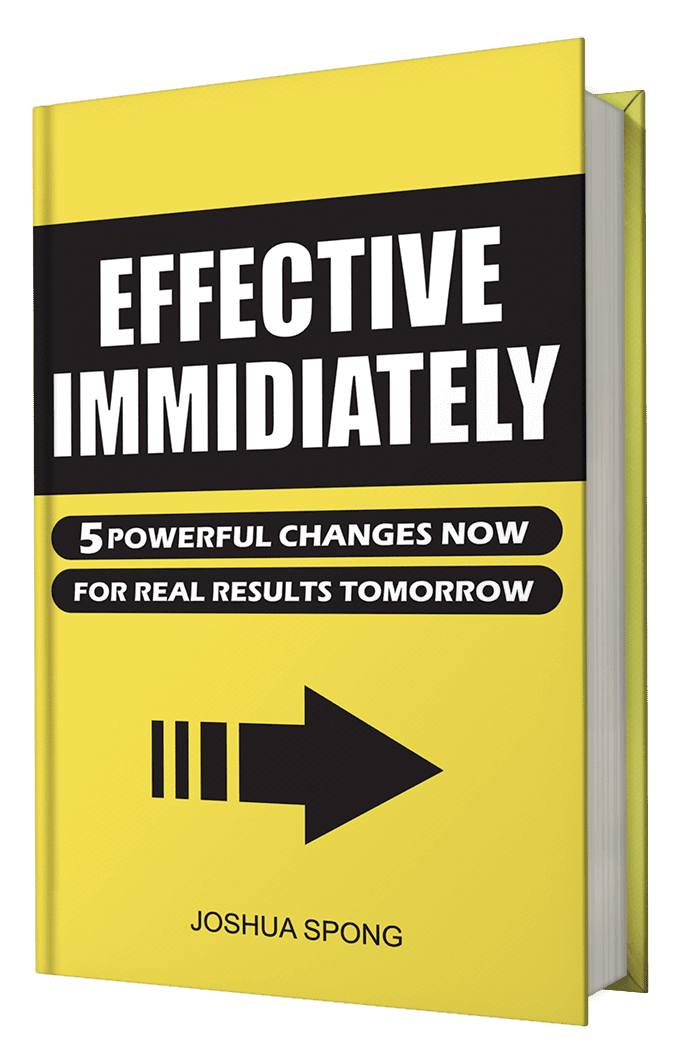
Sitting is the Worst Culprit
Muscle fibers contract and relax to lengthen and shorten. So when we remain in the same position for prolonged periods, these muscle fibers contract for so long that they begin to stick to each other, forming a knot.
Bad posture, such as hunching and rounding the shoulders, is the main culprit for the majority of us who sit for extended periods, such as sitting at a desk or driving a car. When sitting, the front of your legs (quadriceps and hip flexors) and contracted, stick together, and tighten. Lower back pain almost always results.
Similarly, your shoulders and chest become tight, resulting in neck and upper back pain. When constantly repeated without maintenance, scar tissue will form and they will essentially be stuck in place. At this point, the body cannot heal itself, and without professional help, it will worsen over time.
Depending on where in the body the muscle knot is located, it may cause seemingly unrelated pain in other areas. For example, a muscle knot in the neck can send pain into the base of the skull, causing a tension headache. If you suffer from phantom headaches, unsuspecting muscle knots in the neck are often the cause.
There are very few people who get through life without ever experiencing a muscle knot. 97% of people with chronic pain have trigger points, as well as nearly 100% of people with neck pain. Chances are strong that you too have knots if you rarely receive any form of massage, even if you don’t yet feel their effects.
Avoid Elderly Posture
The dangers of leaving tight muscles unattended extend beyond immediate discomfort; they have the potential to significantly reduce your quality of life as you age.
The spine naturally begins to curve around age 65, as the intervertebral discs in the spine harden and lose flexibility, inevitably resulting in spinal compression and a forward tilt called kyphosis.
Bad posture can accelerate and amplify negative gait (the way we walk) in older age. While poor gait can be caused by a variety of ailments, posture, and muscle health are the best tools we have to combat it.
To minimize the debilitating effects of extreme hunching and other mobility issues, taking care of your muscle strength and flexibility now should always remain in your awareness. Fortunately, a little maintenance goes a long way, and we can do this ourselves or with a professional.

Adopt Massage Therapy
The easiest way to combat these effects is to schedule regular massage therapy. While hot stone and aromatherapy massages may be relaxing, they likely won’t help much with muscle health. Find a deep tissue or sports massage that digs deep into the muscles.
The only way to break up scar tissue and tight fascia are to break it up manually. This will likely be painful, but certainly not as painful as waking up every day in agony as your muscles worsen with age. Think of it as a service for your body, similar to how you would service your vehicle every few thousand miles.
The benefits of massage therapy extend beyond muscle health. When the body is tense and under stress, it produces unhealthy levels of cortisol (a stress hormone) that can contribute to weight gain, sleeplessness, digestive problems, and headaches, all of which will develop into more serious problems.
Massage therapy has been shown to decrease cortisol levels, allowing the body to enter a recovery mode. It also triggers lasting feelings of relaxation and improved mood while promoting blood circulation to the affected muscles, where nutrient-rich and oxygenated blood can deliver all the nutrients these muscles desperately require.
In turn, this reduces stiffness and edema (swelling) in the muscles and joints while also increasing mobility, ensuring you move more freely and with less pain.
Actively Improving your circulation through massage therapy also makes it easier for the body to take care of itself. Like how a blockage in a car cooling system needs to be removed before the coolant will flow by itself, you need to eliminate the blockage in your muscles (knots) before blood can flow freely to them.
Massage Therapy is an Essential, Not a Luxury
Because the service massage therapists provide is so great, so too is the price. Expect to pay upwards of $100 an hour and even more for more established therapists. Yet an hour a week, or even a month, is a valuable investment in your long-term health, and a small price to pay for continued health.
The benefits can be felt after a single session, but continually improve the longer it is maintained. Getting a massage used to be a luxury, but as increasing numbers realize the benefits, they’ve been growing in demand and popularity. Now that massage therapy is considered a mainstream treatment option, most insurance companies provide coverage for treatment sessions.
Check with your benefits package to see if you are entitled. If you don’t have the luxury of benefits, and cannot afford the steep price tag, not all hope is lost. There are many options available for you to perform it yourself. And it is not as difficult as you might imagine.
DIY Muscle Release
You need only three things to perform muscle therapy on yourself: some basic tools, a little knowledge, and a fair bit of patience.
First, the tools. Invest in a lacrosse ball and foam roller. This will cover 80% of your massage needs and is all you need for starting. Google how to use them for major muscle groups and practice. Pain and discomfort are usually good indications that you have found the correct spot.
Second, knowledge. There are myriad of books and videos available for basic massage therapy techniques. Find some areas of your body that are particularly painful and start there.
Lastly, patience. You must consistently perform therapy for the best results. Whether it be once, twice, or three times a week, find a slot of time that is unavoidable and easy, such as watching a 20-minute Netflix episode, and practice. A little but often goes a long way; five minutes a day of targeted therapy will prove equally beneficial.
Conclusion
With the modern curse of sitting in front of a desk or a vehicle for hours, poor mobility in old age will become a more pervasive issue as this newer generation of workers grows old. You owe it to your family, and yourself, to ensure you avoid this plight. If you don’t look after your body, you can’t expect it to look after you.
Please let me know what you think in the comments below!
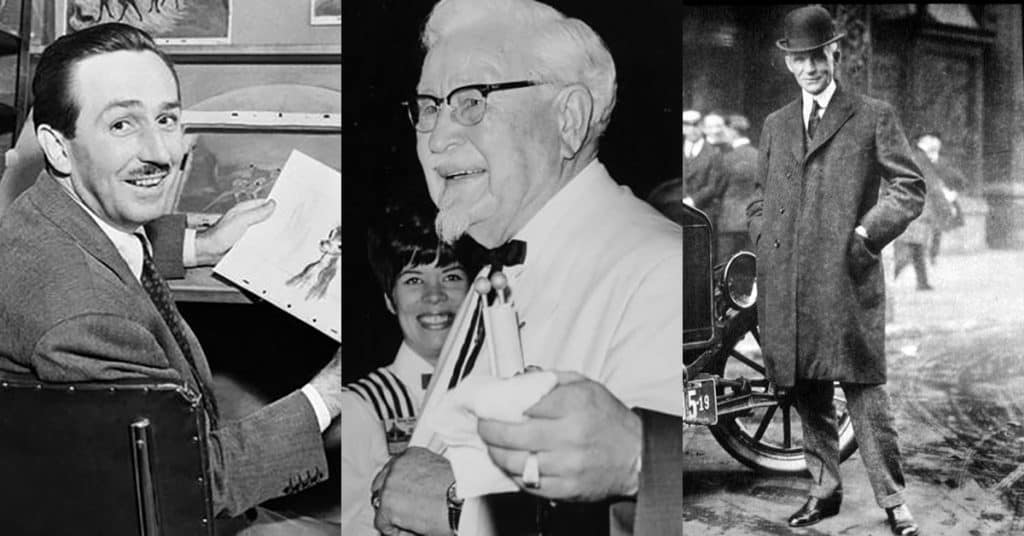
Disney, Ford, and Sanders – History’s 3 Most Successful Failures
How Disney, Ford, and Sanders overcame repeated setbacks to become 3 of history’s most successful failures
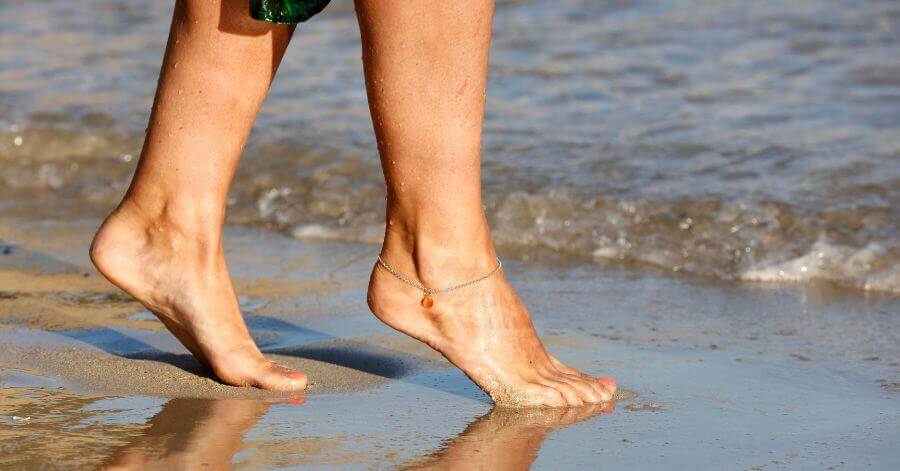
The Benefits of Grounding – What The Science Says
The benefits of grounding have been scientifically studied and include reductions in inflammation, diabetes, and stress.

4 Ways To Increase Serotonin Naturally
Four ways to increase serotonin levels naturally include exposure to sunlight, exercise, food and diet, and supplementation.

How These Cognitive Biases Lead You To Poor Choices
There are many cognitive biases that lead you to poor choices and decisions, pushed on to you from many different sources, such as social media and ill-informed friends.
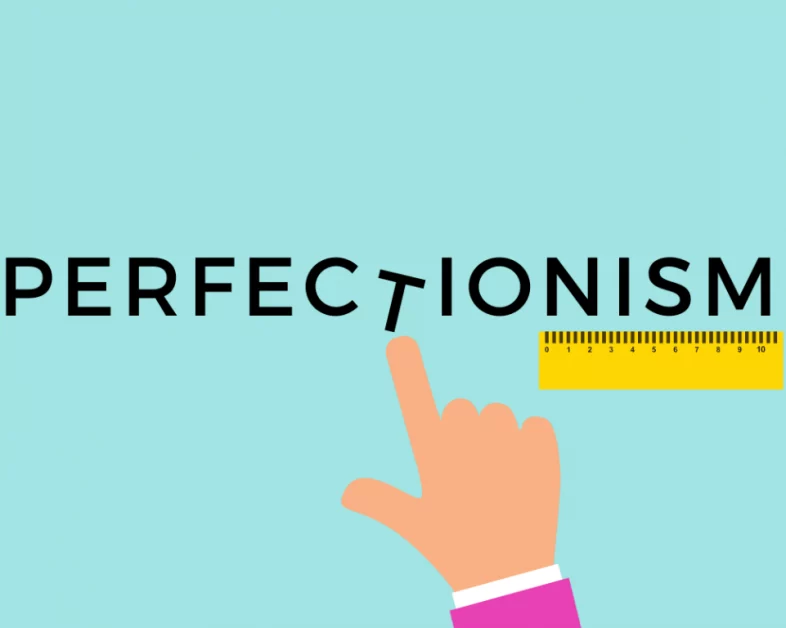
The Perfect Storm – How Perfectionism Sets You Up For Failure
Perfectionists may be known for their high standards and attention to detail, but perfectionism is the enemy of productivity. It also causes much stress and anxiety.

3 Must-Read Books To Manage Your Emotions
Emotions stem from the limbic system, an impulsive and primal part of the brain that is extremely powerful. Unfortunately, no one teaches us how to manage emotions, but thankfully these books will.
